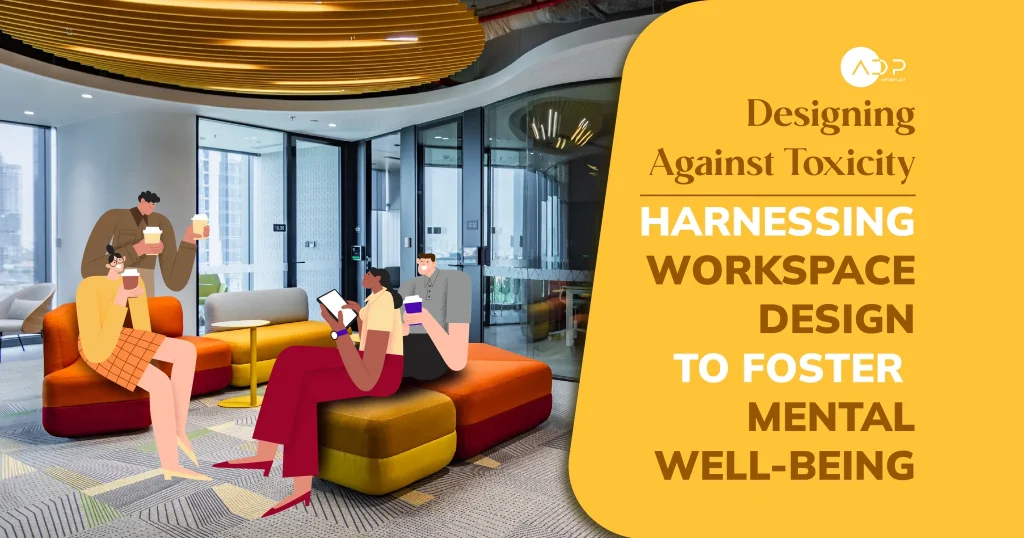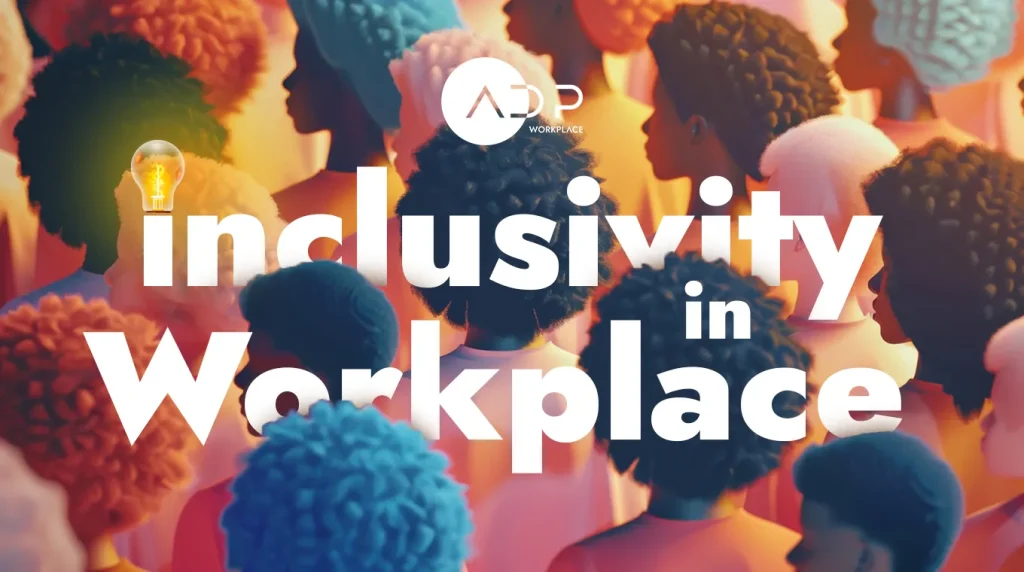Introduction
In recent years, the corporate world has become increasingly aware of the impact of workplace toxicity on employee well-being and productivity. Research from McKinsey highlights a worrying trend: over 60% of negative workplace outcomes, including burnout and high turnover rates, are attributed to toxic workplace behavior. In Vietnam, where workplace dynamics are rapidly evolving, addressing these challenges is more crucial than ever. At ADP Workplace, we recognize that thoughtful office design plays a pivotal role in shaping positive workplace environments.
The Growing Concern: Stress and Burnout
Employee stress and burnout are becoming central issues in discussions about workplace health. According to a study by the American Psychological Association, toxic behaviors such as unfair treatment and non-inclusive practices lead to a 37% increase in reported stress among employees. This stress not only impacts individual health but also results in significant productivity losses, costing economies billions annually. In Vietnam’s fast-paced work environment, addressing these issues through effective workplace design is essential for maintaining a healthy and productive workforce.

According to a study by the American Psychological Association, toxic behaviors such as unfair treatment and non-inclusive practices lead to a 37% increase in reported stress among employees.
To better understand how to create a healthier work environment, it’s important to recognize common toxic behaviors that contribute to stress and burnout:
The Role of Workplace Design in Mental Health
Workplace design is not just about aesthetics; it’s about creating environments that support mental health and well-being. A study by the World Green Building Council found that thoughtful workplace design can improve productivity by up to 15%. By incorporating elements that promote mental health, we can mitigate the effects of toxic behaviors and create a supportive, positive work environment.

NAB Innovation Centre Vietnam designed & built by ADP
Design Principles for a Healthy Workplace
1. Balancing Openness and Privacy
While open floor plans can foster transparency and collaboration, they can also increase stress if not balanced with private spaces. Harvard Business Review reports a 50% drop in face-to-face interactions in open-plan offices without adequate privacy settings. Creating designated quiet zones or private workspaces can help employees manage stress and maintain productivity by providing spaces for focused work and relaxation.

The open working space at BAT office is enhanced with a series of focus rooms, ensuring employees can efficiently engage in both collaborative work and private tasks.
2. Integrating Natural Elements
Biophilic design, which incorporates natural elements into the workspace, can significantly reduce stress and enhance productivity. A study by the University of Oregon found that access to natural light, plants, and natural materials can improve mental health by up to 15%. Bringing nature into the office through greenery, natural light, and natural textures can create a calming atmosphere that supports employee well-being.

Plants are strategically arranged throughout the Shinhan office, creating a fresh and inspiring workspace for employees.
3. Creating Collaborative Spaces
Designated collaboration areas can increase productive interactions by up to 20%, according to Gensler’s Workplace Survey. These areas should be versatile and well-equipped, balancing the need for both interaction and concentration. Providing a variety of collaborative spaces, from small meeting rooms to large communal areas, can cater to different work styles and needs, fostering teamwork and innovation.

Various types of collaborative areas are designed with supportive amenities to encourage productive collaborations.
4. Encouraging Personalization
Personalized workspaces can increase feelings of well-being by 32% and productivity by 17%, according to a study by the University of Exeter. Allowing employees to personalize their work areas with personal items, colors, and decorations can make them feel more comfortable and valued, enhancing job satisfaction and performance.
5. Utilizing Color Psychology
The use of specific colors can improve mood and productivity. A study by the University of Texas found that calming colors like blue and green can enhance efficiency and focus. Thoughtful use of color in office design can create a more pleasant and stimulating work environment, helping to reduce stress and boost creativity.

The colors in the Bosch office are strategically planned to reflect the company’s image and boost creativity.
6. Prioritizing Ergonomics and Comfort
Ergonomic design is crucial for preventing work-related injuries and promoting long-term health. The Occupational Safety and Health Administration (OSHA) reports that ergonomic interventions can reduce work-related injuries by up to 45%. Providing adjustable chairs, desks, and monitor stands can help employees maintain good posture and reduce the risk of musculoskeletal problems, contributing to overall well-being.

Adjustable Desk and Ergonomics Chair in NAB
Implementing Change
Implementing these design changes can be a phased process. Conducting employee surveys to gather feedback on their needs and preferences can guide the most effective interventions. Starting with small, impactful changes and gradually integrating more comprehensive redesigns can build momentum and demonstrate the benefits of a healthier workspace. Engaging employees in the design process can also foster a sense of ownership and commitment to maintaining a positive work environment.
Conclusion
The workplace is more than just a physical space; it plays a crucial role in determining mental and emotional well-being. At ADP Workplace, we are committed to creating environments that counteract toxicity and promote health, innovation, and productivity. By prioritizing thoughtful design, we can transform workplaces into sanctuaries of well-being and efficiency, driving Vietnam’s businesses towards a brighter, healthier future. A healthy workplace is not only beneficial for employees but also for the overall success and sustainability of businesses.


